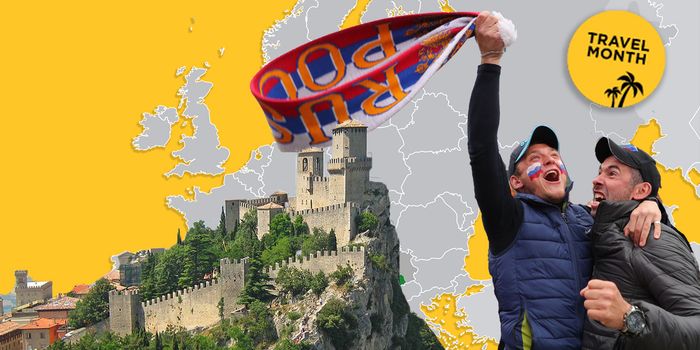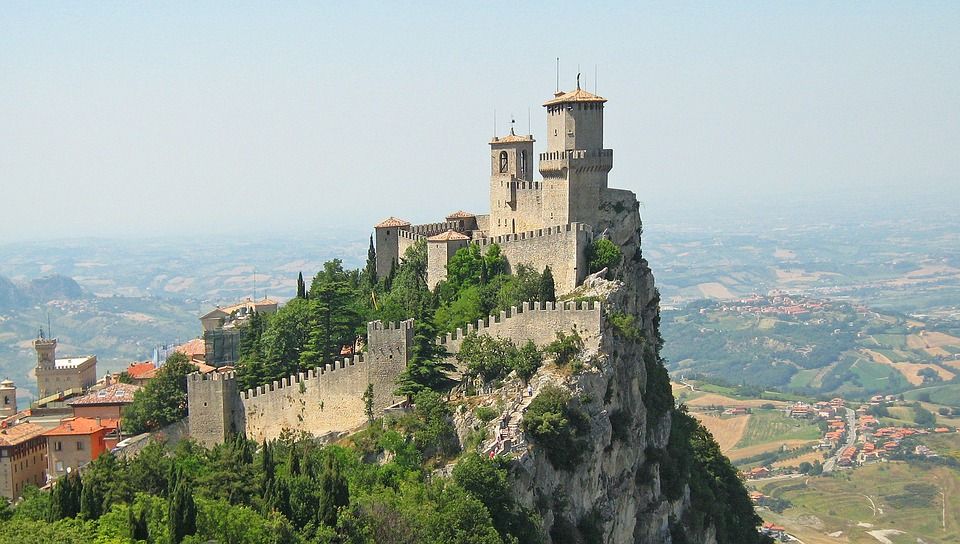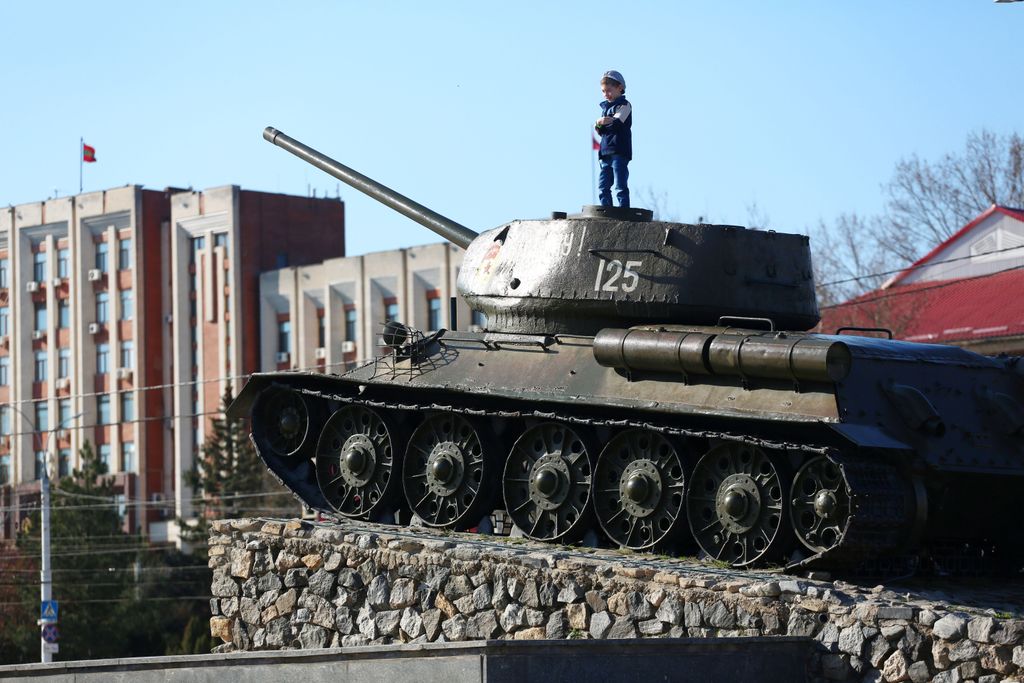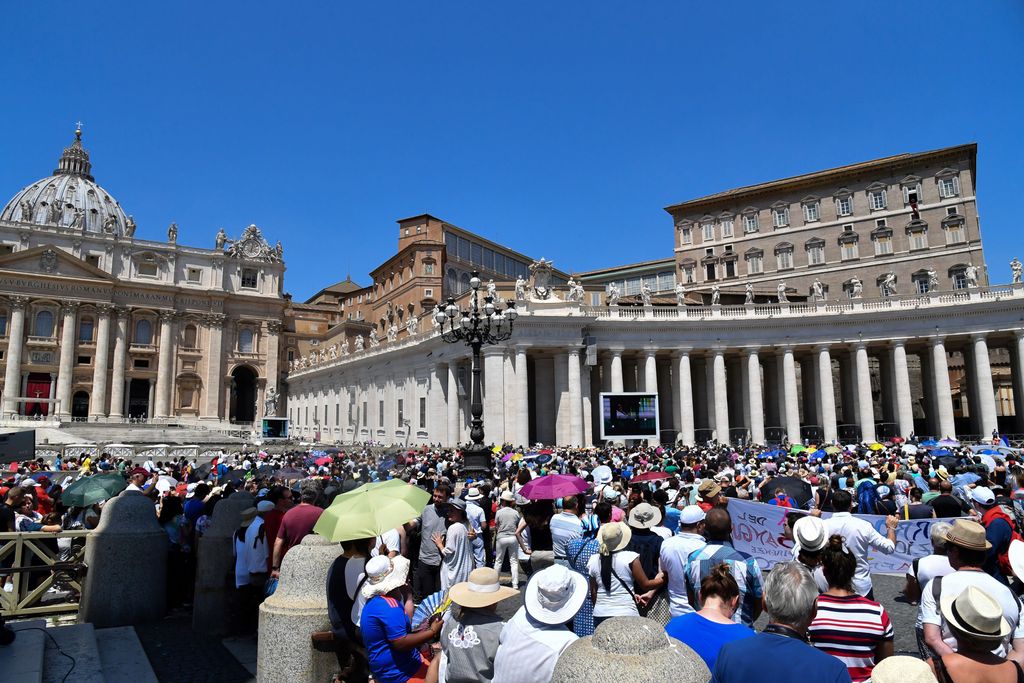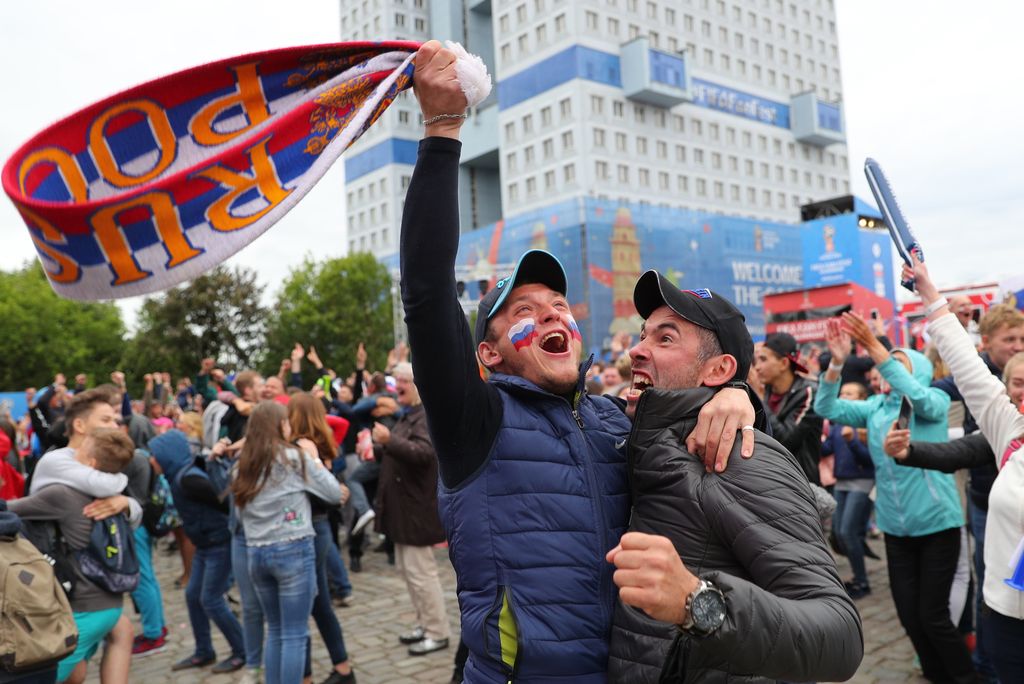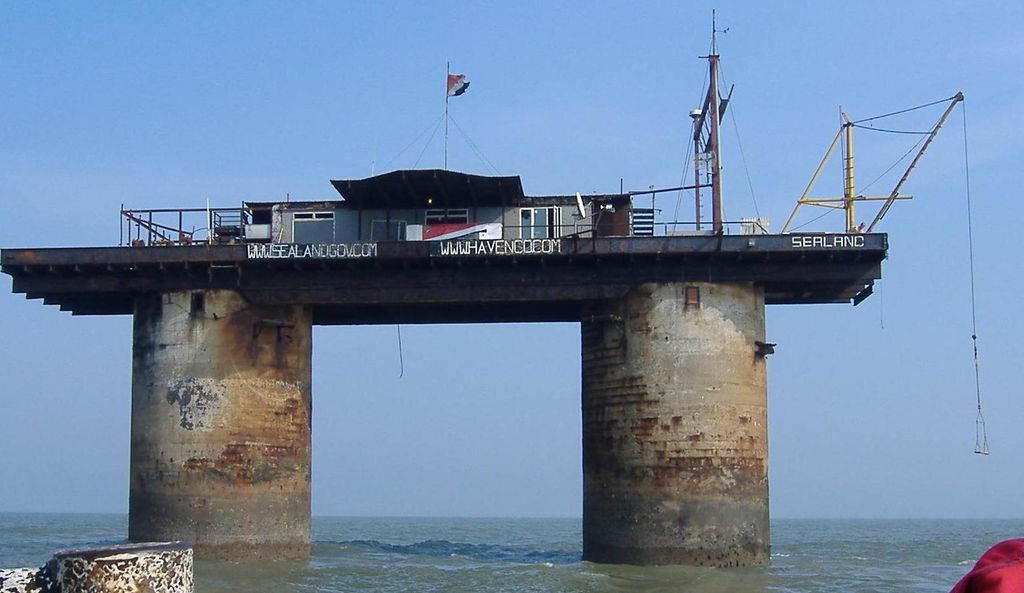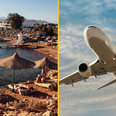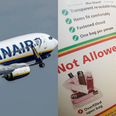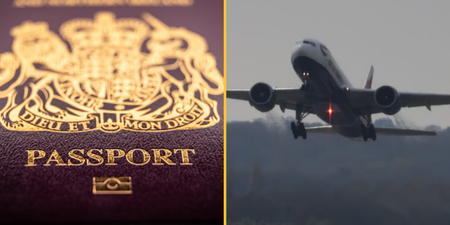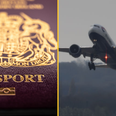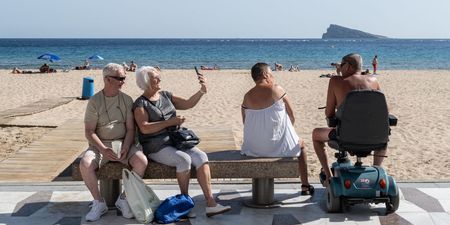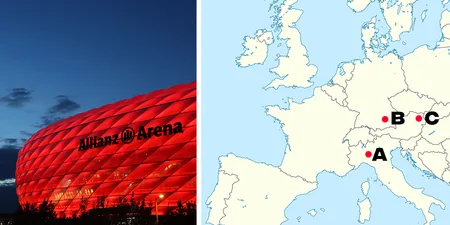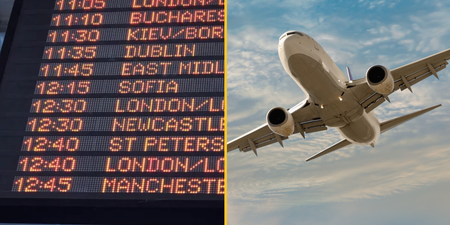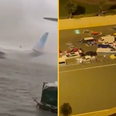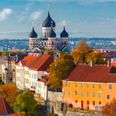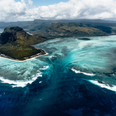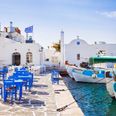There are plenty of places of you could head to in Europe this summer
Marbs with the lads. A romantic weekend in Paris. Some sun in Crete.
All those are perfectly acceptable ways to use up your annual leave. But what if you want to go somewhere a bit more unique, a bit more off the beaten track? Not on some well-worn gap year route that everyone at your university did. But actually go somewhere weird and interesting, and possibly ever-so-slightly dicey?
Scattered across Europe are various micro-nations, undeclared states, and other unusual sort-of-countries, places with tiny populations but their own rich cultures and storied histories. Some are tragic, some are bizarre, but they are all fascinating. And thanks to ever-improving travel connections, more and more of these places are opening up to take your tourist cash.
So here’s a list of the tiny, strange micro-nation and unique states you can visit in Europe.
Republika Srpska
Part of the former Yugoslavia until 1992, and suffering the Bosnian war until late 1995, Bosinia and Herzegovina has since seen a boom in tourism in the last two decades. The country actually comprises of two autonomous entities: the Federation of Bosnia and Herzegovina and Republika Srpska.
Banja Luka, the capital of Srpska, has an airport but used to have only a very limited amount of international flights, mostly to Belgrade. In April however, Ryanair announced they will be flying to Banja Luka, opening up the city’s historical sights and vibrant nightlife to a new audience.
How do you get there? Ryanair will be flying to Banja Luka from Brussels Charleroi and Memmingen from November. Air Serbia also fly to Belgrade.
San Marino
You probably best know them as the perpetually-battered minnows of world football, but San Marino claims to be the world’s oldest republic. Located on the north-east coast of Italy, it lies 657m above sea level and its main attraction are the spectacular views from the mountainsides. San Marino is made up several towns dotted around the steep geogrpahy, with the capital – also called San Marino – is situated on top a mountain, surrounded by a wall and three eye-catching towers. Culturally it is similar to the surrounding northern Italy, and it is popular with Russian tourists.
How do you get there? San Marino has no airports, or train lines. The closest airport is Federico Fellini International Airport in Rimini, a resort town on Italy’s east coast. Most flights from there go to Albania or Moscow, but in March Ryanair resumed flights to London from the airport.
Regular buses go from Rimini to San Marino daily, and cost €10 return.
Transnistria
Transnistria is a non-recognised state that is classed by the UN as part of Moldova, squeezed in between the border with Ukraine. When Moldova broke away from the Soviets in 1990, Transnistria’a Russian population declared independence in the hope of remaining part of the Soviet Union. Of course, this didn’t happen, so Transnistria remains a place out time, still filled with Communist iconography, but also loyalty to modern Russia – a Wired article on the state reported pictures of both Stalin and Putin being everywhere, and a giant statue of Lenin marking the entrance to the parliament building.
How do you get there? Not very easily. Transnistria has no airports, so the best bet is to fly to Chisinau in Moldova and go from there. It is possible to enter from there by train, bus or car, though travelling with a guide is advised by several sources. EU residents can enter the country for 10 hours without a visa – a longer stay can be organised, but most reports say that that time should be enough to see everything.
Monaco
Evoking images of high rollers, supermodels and grand prix, the notorious tax haven of Monaco is probably the best place to feel like James Bond IRL. The second smallest sovereign nation in the world, the tiny city-state sits on the French Riviera, and it’s location and climate have made it an opulent tourist hotspot for obvious reasons. Key attractions include the exquisite Grand Casino and the high-end fashion boutiques.
How do you get there? Monaco isn’t in the EU or the EEA, but it maintains an open border with France. There is no airport, but usually people fly into the nearby Nice Côte d’Azur Airport, and get a taxi – or if you’re feeling flush, a helicopter.
Vatican City
The smallest sovereign state in the world, with a population of around just 1,000 and covering only 0.44 sq km. The Vatican is of course home to The Pope, the worldwide head of the Catholic Church. Obviously, you are not going to actually stay at The Vatican for the duration of your trip, but it is maybe the quintessential tourist place to visit while in Rome – as well as the Swiss Guard and St Peter’s Square, it is the only country in the world where the ATMs are in Latin.
How do you get there? It is in the middle of Rome. It’s pretty easy to get to Rome, so you can look that up yourself.
Kaliningrad
Kaliningrad Oblast is part of Russia, but that wouldn’t be clear from looking at on a map. The Russian exclave is enclosed between Poland and Lithuania, and you would also have to travel through either Belarus or Latvia to reach the rest of the country. Recently getting international attention for hosting for World Cup games (including England v Belgium in the group stages), the region is noted for its sandy beaches popular with tourists.
How do you get there? Kaliningrad Hrabrovo Airport flies to several western European destinations, including Warsaw, Berlin and Copenhagen. You will need a Russian visa to enter though – Kaliningrad-only visas were suspended in 2017.
Sealand
Ah, the notorious Principality of Sealand, the micronation that mostly exists as a pub quiz question. HM Fort Roughs was just an off-shore World War II naval instillation, similar to an oil platform, 13 km off the coast of Suffolk – until in 1966, when former-British-army-major-turned-pirate-radio-broadcaster went out to sea and occupied it. Despite being ordered to surrender by the authorities and eventually being arrested, a court rules it lay in international waters – so Bates declared it as his own country and later issued a constitution, flag, and national anthem for the unrecognised state, as well as coins and stamps. Over the years, it has been subject to various coos and invasion attempts, and even torrent website The Pirate Bay trying to buy it.
How do you get there? Visitors are not normally permitted, but you can contact the principality to ask you can go, and probably just take a boat out there. There’s nothing to see there, though.
